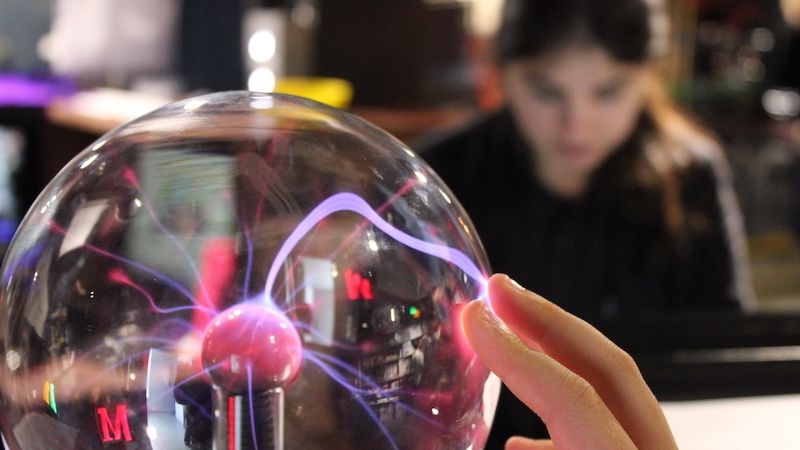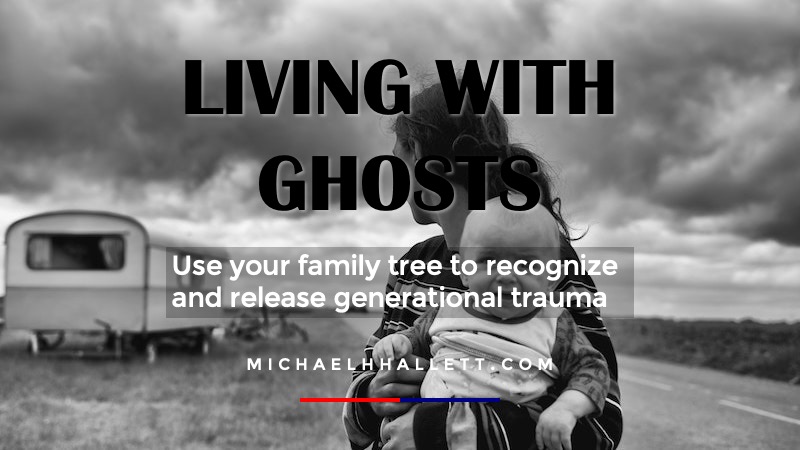The Law of Conservation of Energy governs generational trauma
- 8 September 2022
- Posted by: Michael H Hallett
- Category: Generational trauma ,

In the early 18th century, natural philosopher Émilie du Châtelet proposed the Law of Conservation of Energy. Wikipedia: “Energy can neither be created nor destroyed; rather, it can only be transformed or transferred from one form to another.”
Generational trauma obeys the Law of Conservation of Energy because it cannot be destroyed. It can only be transformed or transferred.
The Law of Conservation of Energy
The same principle applies to generational trauma. Trauma is unprocessed pain, frozen in time. If the person who experiences the trauma cannot transform it through healing, it must be transferred.
This concept may be easier to understand by looking at another variation of the universal principle behind the Law of Conservation of Energy. The Law of Conservation of Momentum is part of Newtonian physics:
“In Newtonian mechanics… momentum is the product of the mass and velocity of an object. It is a vector quantity, possessing a magnitude and a direction.” (Wikipedia)
“For two or more bodies in an isolated system acting upon each other, their total momentum remains constant unless an external force is applied. Therefore, momentum can neither be created nor destroyed.” (Byju’s)
Trauma is a ‘vector quantity, possessing a magnitude and a direction’.
The magnitude is easy to grasp. It’s the extent of the trauma. The level of overwhelm. But what direction does trauma take?
Parapraxes
In The Psychopathology of Everyday Life (1901) Sigmund Freud posited the idea of ‘parapraxes’. These are repressed impulses attempting to break into conscious awareness. He termed this process the ‘return of the repressed’.
Freud maintained that parapraxes could surface through speech (‘Freudian slips’), writing, memory, action, and chance events. What identified these seemingly unrelated phenomena as parapraxes was “the ability to refer the phenomena to unwelcome, repressed, psychic material, which, though pushed away from consciousness, is nevertheless not robbed of all capacity to express itself.”
This psychic material is the residue of various forms of trauma. The first direction trauma takes is to draw attention to itself, seeking transformation through healing. Our lives are constant feedback loops, perpetually alerting us to what needs attention.
As our society has little understanding of the scale of its trauma, this attention goes begging. Because the trauma cannot be transformed, it must be transferred.
‘Here be dragons’
Trauma passes from one generation to another because it has nowhere else to go.
Think of it as genetic material spiralling down across multiple iterations of human DNA. Unless and until someone accepts responsibility for healing it, the trauma cannot be destroyed. Responsibility is the “external force” in the Byju’s definition above.
Healing generational journey is a hero’s journey—to borrow philosopher Joseph Campbell’s phrase—into our private and familial underworld. It’s a journey into the whitespace on old maps marked simply, ‘Here be dragons’.
Yet for all that healing trauma seems an opaque art, there is science behind it. There are consistent and repeatable processes that help us understand its destructive mechanisms. The Law of Conservation of Energy is one example. If generational trauma cannot be transformed it must be transferred.
This raises the question of what happens to a person above childbearing age or who doesn’t have any children? What happens to their trauma? I can’t say I have a definitive answer, but I’m sure it obeys the same natural principle proposed by Émilie du Châtelet.
I am indebted to Chris D’Cruz for the formulation of this article.

